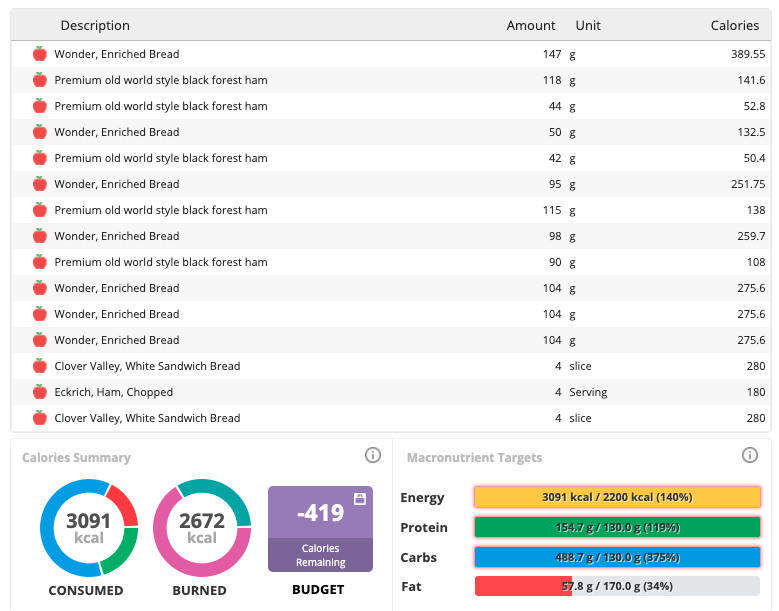
1/ Great new thread by the incomparable, @Lpa_Doc -- covering a number of my favorite topics.
Read his thread and return for my added thoughts...
Read his thread and return for my added thoughts...
https://twitter.com/Lpa_Doc/status/1371609059732824066
2/ Vilhjalmur Stefansson is a well discussed explorer among the #LowCarb and (of course) #Carnivore communities.
But even more interestingly, he may have been the first #LeanMassHyperResponder of record*
(* Kinda -- as Sam notes, we didn't advanced lipid panels then)
But even more interestingly, he may have been the first #LeanMassHyperResponder of record*
(* Kinda -- as Sam notes, we didn't advanced lipid panels then)
4/
👆
Naturally, this part of the discussion gets hotly debated in and outside #LowCarb circles. CVD similar, yet higher ACM, however -- harsher environment, less sophisticated healthcare, etc.
Myself, I don't consider Inuit the most ideal corollary..
https://twitter.com/Lpa_Doc/status/1371609075071344643?s=20
👆
Naturally, this part of the discussion gets hotly debated in and outside #LowCarb circles. CVD similar, yet higher ACM, however -- harsher environment, less sophisticated healthcare, etc.
Myself, I don't consider Inuit the most ideal corollary..
5/ For better or for worse, with the rise of #Keto/#Carnivore we are now entering a natural experiment with many Vilhjalmur Stefanssons all around us. Very low carb, animal-centric diets with corresponding high #LDL #Cholesterol for a sizable proportion of this population.
6/ The good news is that we're nearing the #LMHRstudy to better understand risk around this diet-induced hypercholesterolemia.
CitizenScienceFoundation.org
CitizenScienceFoundation.org
• • •
Missing some Tweet in this thread? You can try to
force a refresh




